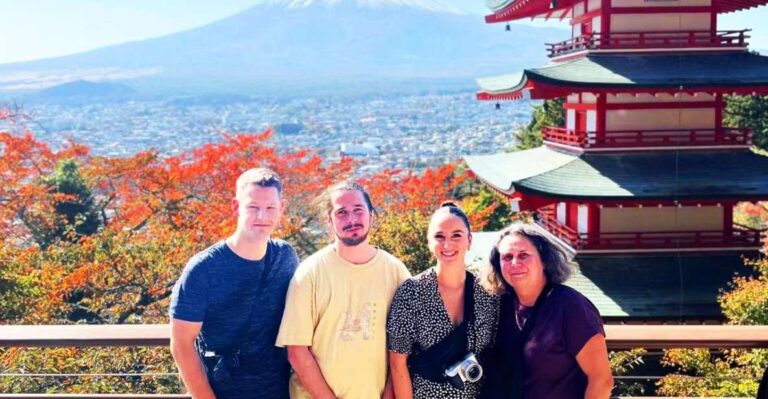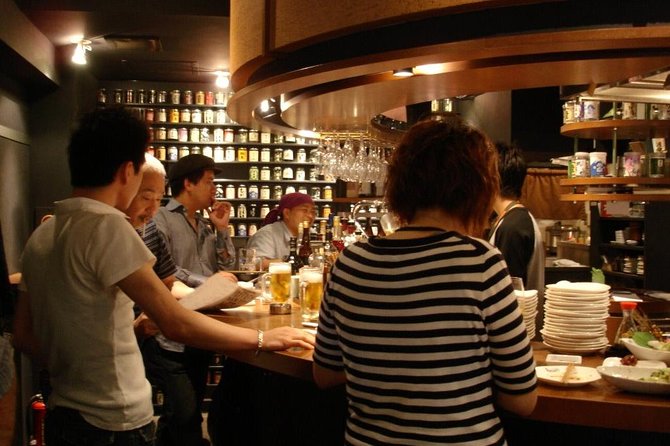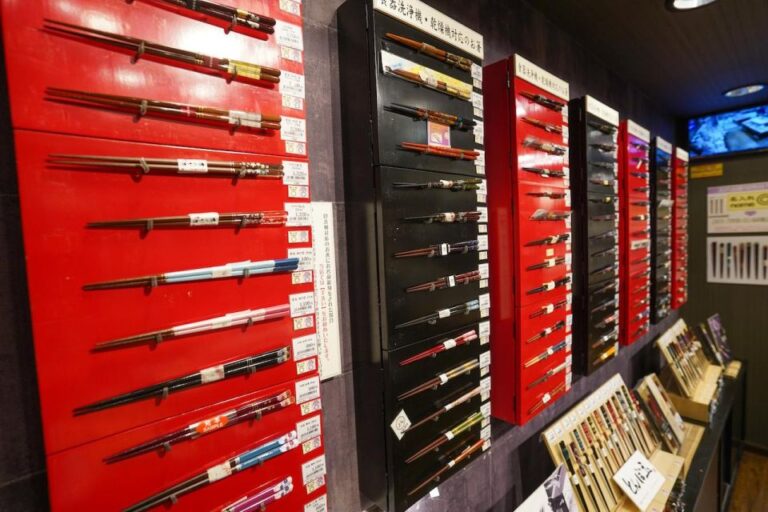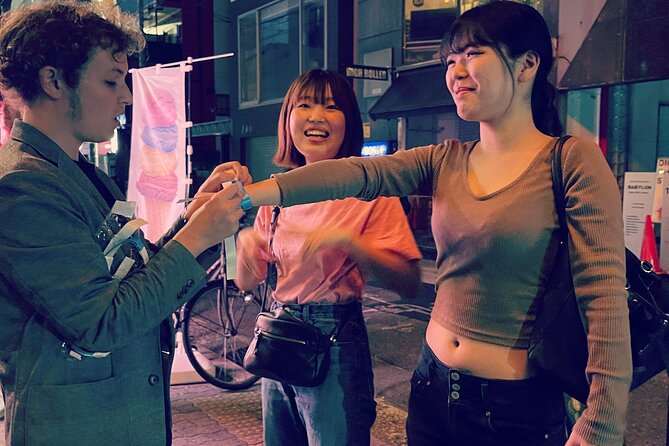With over 100,000 prints produced during the Edo period alone, Ukiyoe stands as a testament to Japan’s artistic legacy. This traditional art form, characterized by its intricate woodblock prints and vivid imagery, offers a window into a world where beauty and storytelling intertwine seamlessly.
As viewers enjoy the exquisite details and cultural nuances depicted in these prints, they are transported to a realm where history and artistry converge. Stay tuned to uncover the secrets behind the enduring allure of Ukiyoe and discover why it continues to captivate audiences worldwide.
Quick Takeaways
- Ukiyoe art captures Edo-period Japan’s essence
- Techniques like woodblock carving and hand printing vital
- Themes reflect nature, history, and daily life
- Preservation methods crucial for maintaining cultural and artistic value
History of Ukiyoe Art
Tracing back to the Edo period in Japan, the history of Ukiyoe art flourished as a popular form of woodblock printing depicting scenes from the ‘floating world.’
The evolution of ukiyoe styles can be traced through different periods, such as Edo, Meiji, and Shin Hanga, each exhibiting unique characteristics and themes. Over time, artists experimented with various techniques and subjects, leading to a diverse range of ukiyoe artworks.
Ukiyoe preservation efforts have been crucial in maintaining the cultural significance and historical value of these prints. Organizations and institutions have worked tirelessly to safeguard ukiyoe pieces, ensuring that future generations can appreciate and learn from this traditional art form.
Techniques and Materials Used
During the creation of Ukiyoe art, artists employed intricate techniques and specific materials to bring their woodblock prints to life. Traditional techniques such as detailed carving on woodblocks, precise ink application, and hand printing were crucial in producing these intricate artworks. Artists used various art materials like Japanese washi paper, water-based inks, and carving tools to craft their designs. The combination of these traditional techniques and art materials allowed for the creation of vibrant and detailed Ukiyoe prints that captured scenes of daily life, landscapes, and famous actors. Below is a table showcasing some of the key techniques and materials used in the production of Ukiyoe art:
| Traditional Techniques | Art Materials |
|---|---|
| Woodblock Carving | Japanese Washi Paper |
| Precise Ink Application | Water-based Inks |
| Hand Printing | Carving Tools |
Notable Ukiyoe Artists
Noted masters of the Ukiyoe art form have left an indelible mark on the cultural landscape of Japan with their captivating woodblock prints. Some prominent Ukiyoe artists include:
- Katsushika Hokusai: Known for ‘Thirty-Six Views of Mount Fuji.’
- Utagawa Hiroshige: Famous for his landscapes and ‘One Hundred Famous Views of Edo.’
- Kitagawa Utamaro: Renowned for his bijin-ga (pictures of beautiful women).
- Toshusai Sharaku: Recognized for his striking kabuki actor portraits.
The Ukiyoe printing process, involving meticulous carving and printing techniques, along with Ukiyoe preservation methods like proper storage and handling, are crucial to maintaining the integrity and longevity of these exquisite artworks.
Themes in Ukiyoe Prints
Themes within Ukiyoe prints reflect a diverse array of subjects, ranging from nature scenes and historical events to portrayals of daily life in Edo-period Japan. These themes often carry deep symbolism and cultural significance, capturing the essence of Japanese society during that era. The table below provides a glimpse into some common themes found in Ukiyoe prints:
| Theme | Description |
|---|---|
| Nature Scenes | Depictions of landscapes, flora, and fauna |
| Historical Events | Illustrations of significant historical moments |
| Daily Life | Snapshots of ordinary life in Edo-period Japan |
The symbolic representation of these themes in Ukiyoe prints adds layers of meaning, while their cultural significance offers insights into the values and traditions of the time.
Influence of Ukiyoe on Modern Art
The enduring legacy of Ukiyoe prints resonates strongly in the realm of modern art, influencing various artistic movements and styles across the globe. Ukiyoe’s impact on contemporary art is profound, shaping the way artists approach their work and engage with traditional techniques.
Some notable influences include:
- Expansion of Color Palette: Ukiyoe’s vibrant colors have inspired modern artists to explore new color combinations and bold palettes in their creations.
- Emphasis on Line and Form: The strong lines and dynamic compositions in Ukiyoe prints have influenced contemporary artists to experiment with different techniques to create visually striking pieces.
- Exploration of Everyday Life: Ukiyoe’s focus on capturing everyday scenes and activities has encouraged modern artists to find beauty in the mundane.
- Revival of Printmaking: The intricate woodblock printing techniques used in Ukiyoe have experienced a resurgence in modern art, sparking a renewed interest in traditional printmaking methods.
Collecting Ukiyoe Artwork
Art enthusiasts looking to explore the world of Japanese traditional art may find collecting Ukiyoe artwork to be a captivating and rewarding endeavor. Ukiyoe pieces hold significant historical and artistic value, making them sought after by collectors worldwide.
The value of Ukiyoe pieces can vary depending on factors such as the artist, age, condition, and rarity of the print. Preservation techniques are crucial to maintain the quality and longevity of these delicate artworks. Proper framing, controlled lighting, and maintaining stable humidity levels are essential practices to safeguard Ukiyoe prints.
Understanding the significance of preservation not only ensures the beauty of the artwork endures but also contributes to its potential appreciation in value over time.
Experiencing Ukiyoe in Japan
Exploring the vibrant streets of Japan offers a firsthand opportunity to take in the rich culture and artistry of Ukiyoe, providing a unique and captivating experience for art enthusiasts.
Visitors can explore this traditional art form through various avenues, including:
- Ukiyoe workshops: Participate in hands-on sessions to learn the intricate techniques of Ukiyoe creation.
- Cultural immersion: Engage with local artists and experts to gain a deeper understanding of the historical significance of Ukiyoe.
- Ukiyoe museums: Explore renowned institutions dedicated to preserving and showcasing exquisite Ukiyoe masterpieces.
- Preservation efforts: Witness ongoing initiatives aimed at safeguarding Ukiyoe for future generations, ensuring its legacy endures.
Common questions
How Do I Book a Hands-On Ukiyoe Art Workshop Through Viator?
To book a hands-on ukiyoe art workshop through Viator, visitors can visit the website, search for "ukiyo-e workshop," select a preferred date, and complete the booking process. Participants will learn ukiyoe techniques and explore the rich history of this traditional art form.
Can I Purchase Authentic Ukiyoe Prints Through Viator’s Platform?
Viator offers authentic Ukiyoe prints for purchase on their platform. Customers can explore a range of options online, ensuring the quality and authenticity of each print. Viator’s platform provides a convenient and reliable way to acquire these traditional artworks.
Are There Any Special Discounts or Promotions Available for Ukiyoe Art Experiences?
Discount options and promotional deals on ukiyoe art experiences may vary. Customers should check Viator’s platform for current offerings. These experiences showcase artistic techniques and cultural significance, providing a unique insight into Japanese traditional art.
What Is the Cancellation Policy for Ukiyoe Art Activities Booked Through Viator?
The cancellation policy for Viator’s ukiyoe art activities involves a refund process based on the specific booking procedure. Workshop options may have varying cancellation terms, so it’s important to check the details before making reservations.
Can Viator Help Me Arrange a Private Ukiyoe Art Tour in Japan?
Viator can definitely assist in arranging a private tour for a Ukiyoe masterclass in Japan. They offer personalized experiences that cater to your interests, ensuring a memorable and immersive journey into the world of traditional Japanese art.
The Sum Up
To sum it up, delving into the world of Japanese traditional art ‘Ukiyoe’ offers a captivating journey through history, culture, and creativity.
From the intricate techniques and materials used to the profound themes depicted in the prints, Ukiyoe showcases the essence of Japanese artistic expression.
With its influence on modern art and collectible nature, experiencing Ukiyoe in Japan is a truly enriching and immersive experience that allows one to appreciate the beauty and cultural significance of this timeless art form.






